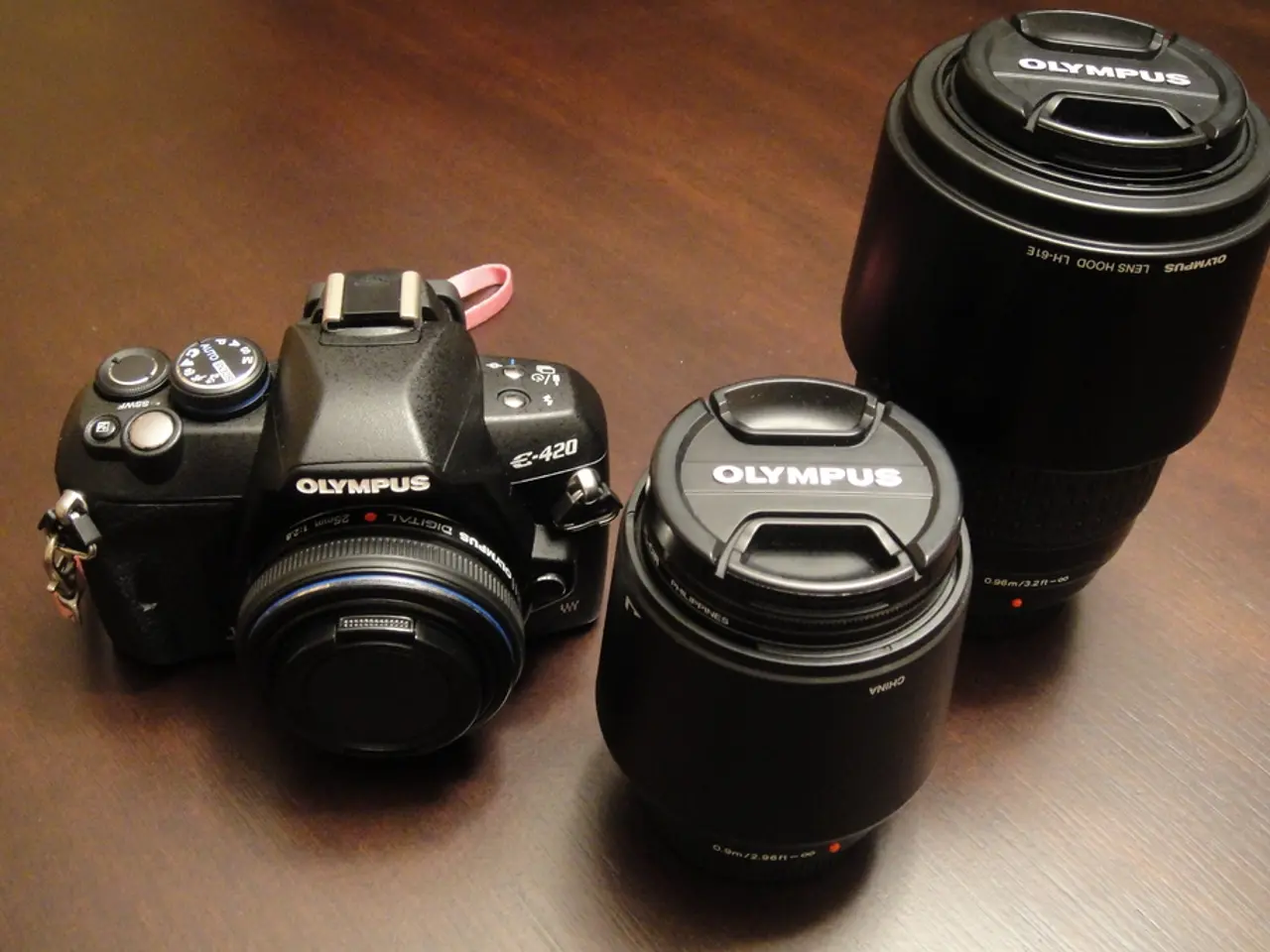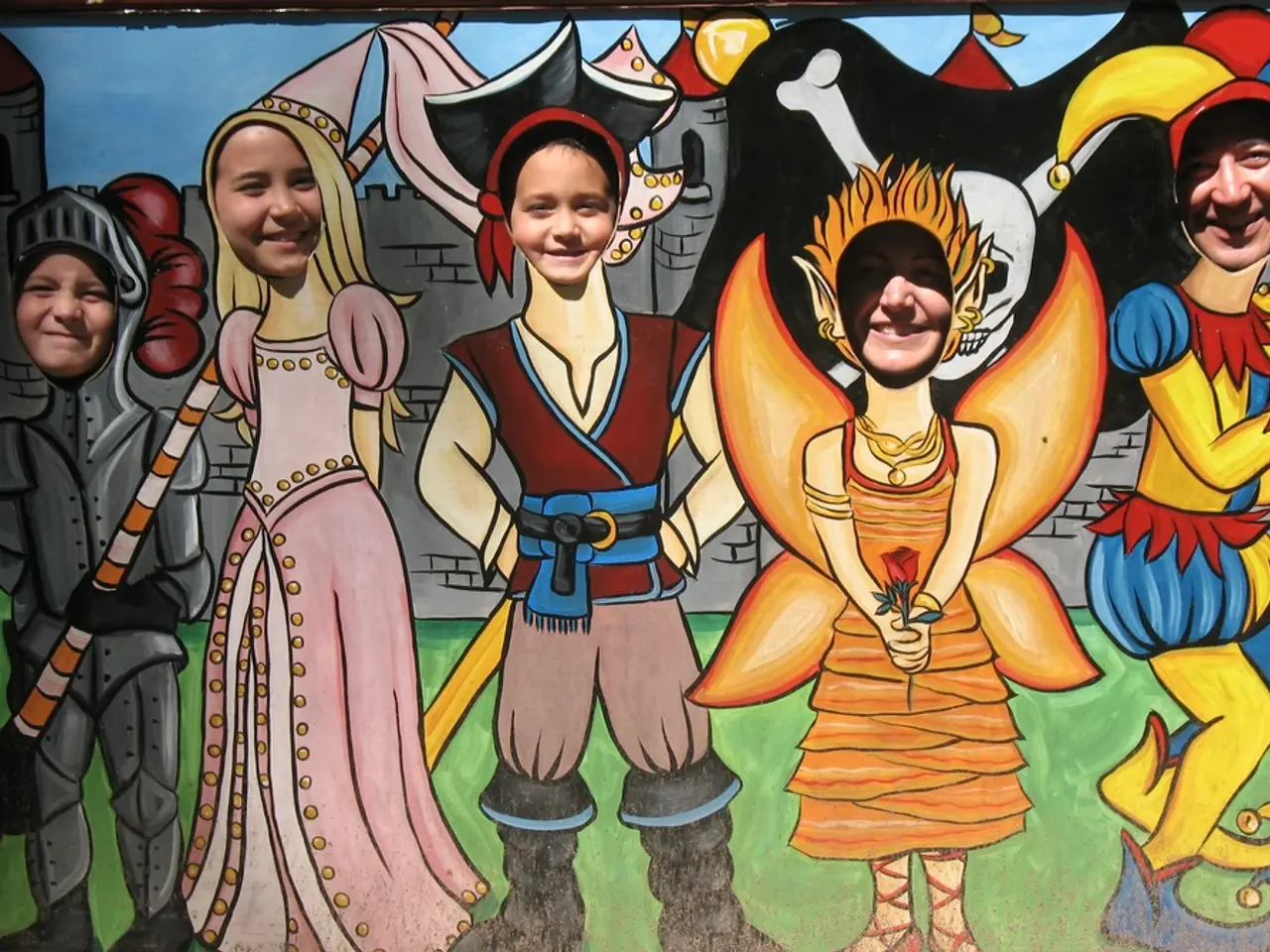Is the f/1.2 Lens Excessive? When Additional Light Stop Isn't Necessary for Your Needs
=====================================================================================
In the world of photography, the choice of lens can significantly impact the quality and style of your images. One lens that stands out for its unique capabilities is the f/1.2 lens. Known for its ability to gather light and create a shallow depth of field, this lens is a popular choice among professional photographers. However, it's essential to understand its advantages and disadvantages before making an investment.
The f/1.2 lens offers excellent low-light performance, allowing photographers to use faster shutter speeds and lower ISOs in dim settings. This results in cleaner images with less motion blur and noise. Moreover, the lens's wide aperture creates a very shallow depth of field, making it perfect for isolating subjects and achieving background blur (bokeh).
However, the f/1.2 lens comes with its drawbacks. It is typically large, heavy, and expensive due to the precision required in its optics. Its size can make it bulky and potentially tiring to carry for photographers who walk a lot with their gear. Furthermore, the extremely shallow depth of field can make focusing challenging, especially in dynamic or uncontrolled environments.
In contrast, lenses with smaller apertures (like f/1.4, f/2, or f/4) are often more versatile and manageable. They tend to be more compact, lighter, and easier to carry, making them preferred by photographers who prioritize mobility, spontaneity, or shoot primarily in well-lit conditions. Although they may not offer the same level of low-light performance or shallow depth of field as an f/1.2 lens, they still provide adequate image quality for most practical, everyday shooting situations.
To help you make an informed decision, here's a comparison table:
| Aspect | f/1.2 Lens | Smaller Aperture Lens (e.g., f/1.4 to f/4) | |-------------------------|-------------------------------------------|-----------------------------------------------------| | Light gathering | Excellent for low light, faster shutter speeds | Adequate for most lighting; may require slower shutter or higher ISO | | Depth of field | Extremely shallow, great for subject isolation and artistic bokeh | Moderate, easier to keep subjects in focus | | Size and weight | Large, heavy, bulky | More compact and lightweight | | Price | Expensive | Generally more affordable | | Practicality | Best for portraits, low-light, creative control | More practical for daily use, travel, street photography |
In conclusion, an f/1.2 lens is ideal for photographers who need low-light performance and artistic control over depth of field. However, for most other situations, smaller aperture lenses offer a better balance of image quality, portability, and ease of use.
Professional wedding and event photographers, for example, often need fast glass due to poor lighting and fast-paced environments. On the other hand, landscape photographers typically shoot at f-stops higher than f/1.2 for maximum depth of field. Architecture and travel shooters often prioritise corner-to-corner sharpness and portability, which an f/1.2 lens may not offer.
If your work relies on the features of an f/1.2 lens, the cost, weight, and quirks of the lens are worth the tradeoff. If low-light photography is a regular part of your workflow, an f/1.2 lens may be a smart investment. However, if you mostly shoot in daylight or with artificial light, you likely won't tap into the full benefit of the lens.
Platforms like MPB offer high-quality, gently used lenses at much lower prices, providing a smart way to buy fast glass. So, consider your photography needs and budget before making your decision.
In exploring various lifestyles, one might find the combination of sports and technology particularly intriguing. For instance, advancements in sports technology have revolutionized the way athletes track their performance data, enabling them to analyze their techniques and make improvements more efficiently. Motion sensors, fitness apps, and smart wearables are just a few examples of this integration.
On the other hand, technology has also played a significant role in transforming the world of sports entertainment. With virtual reality (VR) technology, fans can now get an immersive,First-Person-View experience of a game, making them feel as if they are present on the field. This unique lifestyle fusion of sports and technology providesnovel ways for athletes to enhance their skills and for fans to enjoy their favorite sports in never-before-imagined ways.




